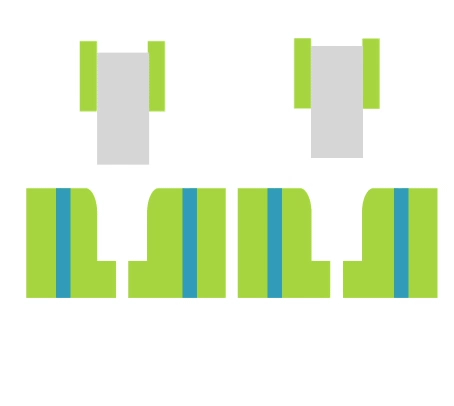Drawing is a process involving the deformation of an input material, which may be in the form of a wire rod, rod or wire, through a die hole. The cross-sectional area of this hole is smaller than the cross-sectional area of the material being drawn through it. The result is a reduction in the diameter and an elongation of the workpiece. There may also be a change in the cross-sectional shape. During this process, the material is strengthened, resulting in an increase in its strength properties, but at the expense of a reduction in its plastic properties.

Drawing
Type of technology
Development phase
Level of innovation
Scale of production
mass
Technology readiness level TRL
Description of the technology
Purpose of use
deformation of long products such as wires and rods
Use in industry
manufacturing of wires and rods
Alternative technologies
- none
Visualisation of action
Advantages
- low production cost
- repeatability
- material saving
- precision
- wide diameter range of the final product
Disadvantages
- high cost of tools
- dimensional limitations
Workpiece material types
- all groups of materials
- ferrous metals
- non-ferrous metals
- ferrous metal alloys
- non-ferrous metal alloys
Examples of products
- wires
- rods
Implementation of the technology
Required resources
- drum-type drawing machine
- chain type draw bench
Required competences
- training in the operation of drawing machines
Environmental aspects
Expert evaluation
Development centers
- Łukasiewicz Research Network — Institute of Non-Ferrous Metals
- Lublin University of Technology
- Czestochowa University of Technology
- AGH University of Krakow
Legal conditions
- none
